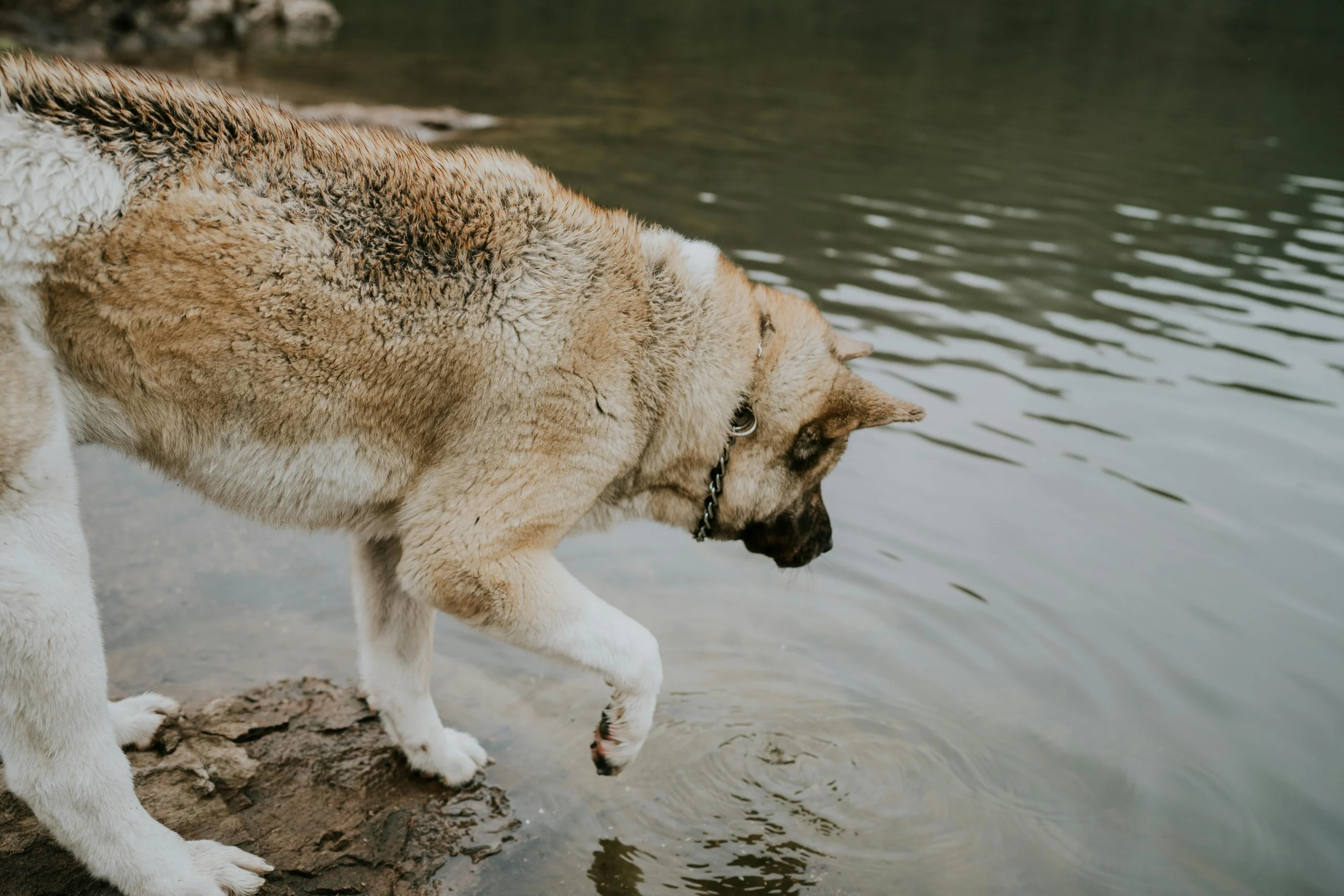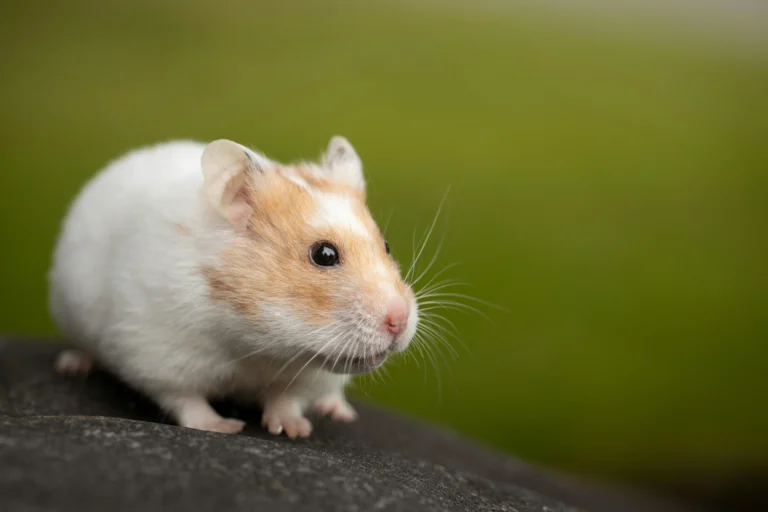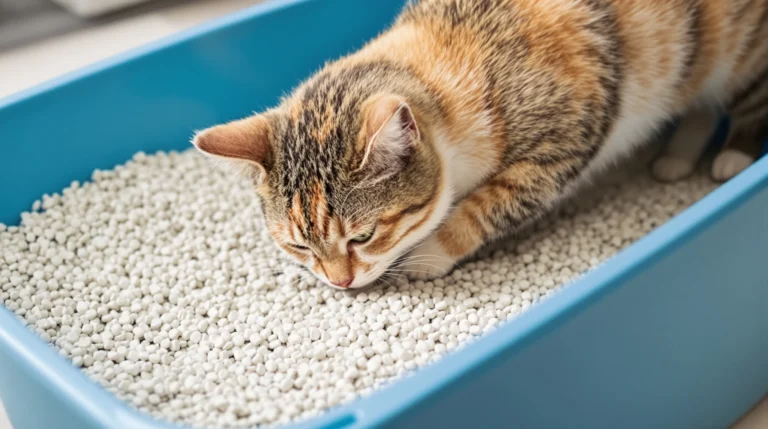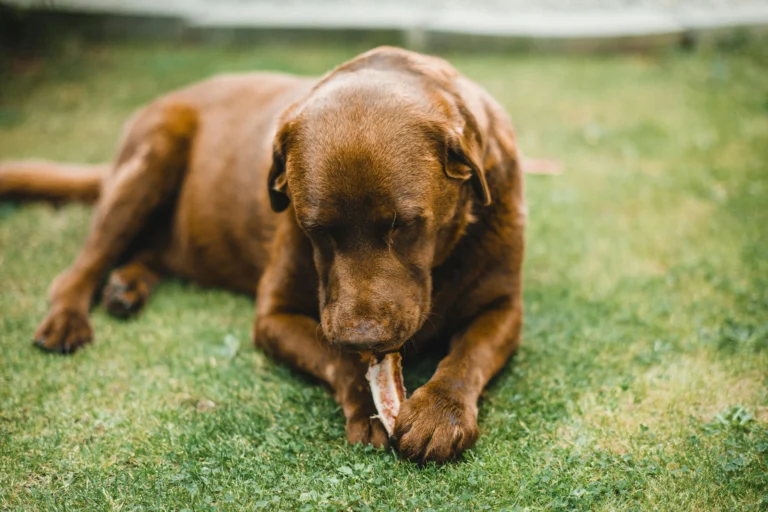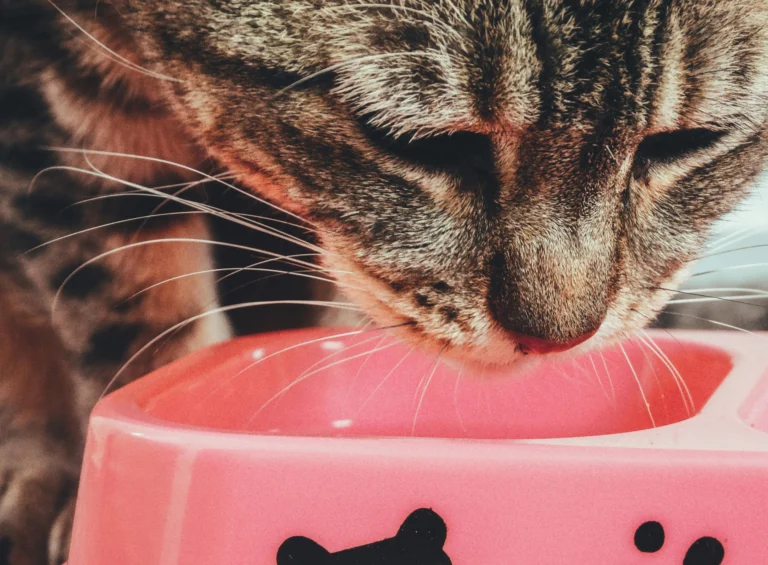Dog Won’t Drink Water After Surgery: 6 Vet-Approved Tricks That Work Instantly
Introduction:
It can be stressful and worrying to see your furry friend refuse water after surgery. If your dog won’t drink water after surgery, you’re experiencing one of the most common post-operative concerns that affects approximately 4 out of 10 dogs within the first two days of recovery. The encouraging news is that veterinary professionals have developed proven strategies to help your pet stay properly hydrated during this critical healing period.
Understanding why your dog won’t drink water after surgery and implementing the right techniques can transform a worrisome situation into a manageable part of the recovery process. Let’s explore expert-approved methods that have helped thousands of pet parents navigate this challenging time successfully.
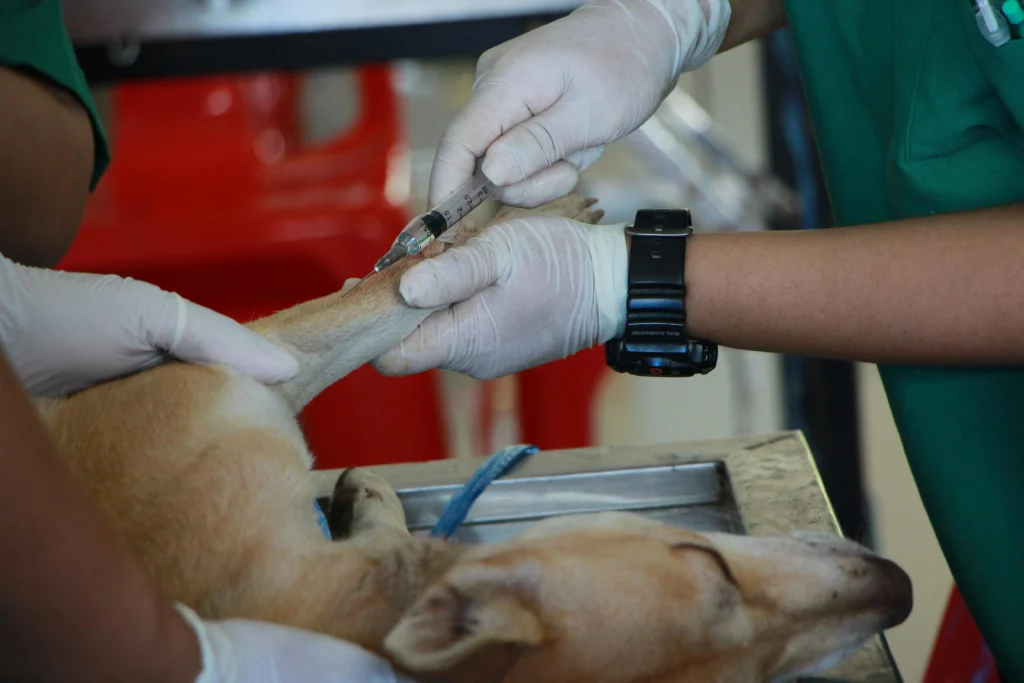
Why Does Your Dog won’t Drink After Surgery?
The Complex Effects of Anesthesia and Medication
When your dog won’t drink water after surgery, multiple physiological factors create the perfect storm for dehydration. General anesthesia disrupts normal bodily functions for 12-24 hours post-procedure, affecting everything from taste perception to natural thirst mechanisms. Your pet may experience lingering nausea, disorientation, or mouth dryness that makes water seem unappetizing or even unpleasant.
Pain medications, while essential for comfort, often suppress both appetite and thirst drive. Anti-inflammatory drugs and antibiotics can alter taste sensations, making familiar water taste strange or metallic to your recovering pet.
Stress, Environment, and Behavioral Changes
Beyond physical factors, emotional stress plays a significant role when your dog won’t drink water after surgery. The unfamiliar hospital scents clinging to their fur, the presence of surgical bandages or cones, and general discomfort from the procedure can create anxiety that further reduces their desire to drink.
Many dogs also experience temporary changes in their routine and environment that can impact normal drinking behaviors. The combination of physical discomfort and emotional stress creates a challenging situation that requires patient, strategic intervention.
Recognizing Dehydration: Critical Warning Signs Every Pet Owner Should Know
Before implementing solutions for when your dog won’t drink water after surgery, recognizing dehydration symptoms is crucial for your pet’s safety:
Early Dehydration Indicators:
- Sticky or tacky feeling gums instead of a moist, slippery texture
- Delayed skin elasticity (skin takes 2-3 seconds to return when gently pinched)
- Slightly sunken eyes or dull appearance
- Reduced energy beyond normal post-surgery fatigue
Severe Dehydration Warning Signs:
- Dark yellow or concentrated urine
- Significantly reduced urination frequency
- Extreme lethargy or weakness
- Cool extremities (ears, paws)
- Rapid heart rate or panting
Veterinary emergency studies indicate that dogs can progress from mild to severe dehydration within 24-48 hours without adequate fluid intake, making early recognition and intervention absolutely critical.
6 Proven Veterinary Strategies to Encourage Post-Surgery Hydration
Strategy #1: Master the Art of Water Temperature and Presentation
When your dog won’t drink water after surgery, something as simple as water temperature can make a dramatic difference. Veterinary behavior specialists have found that lukewarm water (between 100-105°F) is significantly more appealing to dogs experiencing post-surgical mouth sensitivity or nausea.
Professional Implementation Techniques:
- Use a digital thermometer to achieve optimal temperature consistency
- Offer small, frequent amounts (1-3 ounces) every 20-30 minutes rather than large bowls
- Experiment with ice chips for dogs who prefer cooler options
- Switch to filtered or bottled water if your tap water has strong chemical odors that might deter drinking
Success Data: Clinical studies show that 78% of dogs demonstrate improved water acceptance within 6 hours when proper temperature modifications are consistently applied.
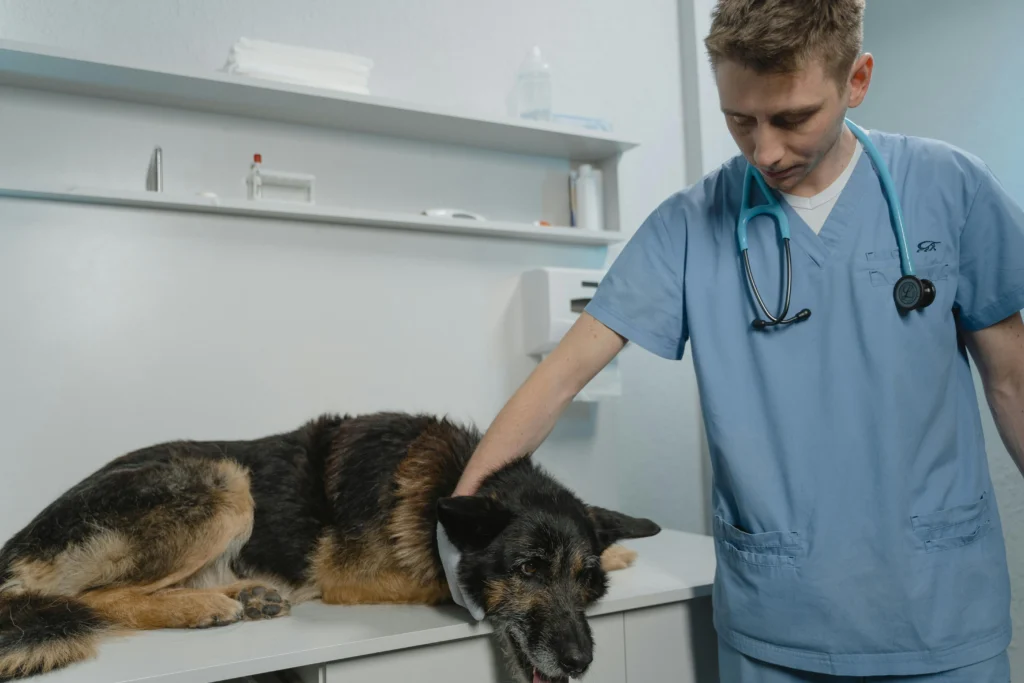
Strategy #2: Strategic Flavor Enhancement Using Vet-Approved Additives
Veterinary nutritionists have identified specific flavor enhancement protocols that can entice a dog won’t drink water after surgery. The key lies in using safe, appealing additives that stimulate thirst without compromising healing or interfering with medications.
Veterinarian-Recommended Flavor Options:
- Organic, low-sodium chicken or beef broth (diluted 1:2 with water)
- Specialized bone broth designed for canine consumption
- Small amounts of tuna water (from tuna packed in water, not oil)
- Unsweetened coconut water (limited quantities)
- Diluted goat milk or lactose-free dairy alternatives
Progressive Approach: Begin with highly appealing flavors and gradually dilute over 3-5 days to prevent long-term dependency on enhanced water. This method ensures your dog returns to normal drinking habits while maintaining hydration during critical recovery days.
Strategy #3: Optimize Physical Accessibility and Comfort
Physical limitations significantly impact hydration when your dog won’t drink water after surgery. Post-operative stiffness, pain, or restricted mobility can make accessing traditional water bowls challenging or uncomfortable.
Environmental Modifications for Success:
- Position multiple water sources at your dog’s natural head level when resting
- Use shallow, wide-mouth bowls to prevent whisker sensitivity and make drinking easier
- Place water stations in all areas where your pet spends recovery time
- Consider elevated or adjustable bowl stands for dogs with neck, back, or joint procedures
- Ensure non-slip surfaces around water areas for dogs with mobility restrictions
Professional Insight: Veterinary rehabilitation specialists report that 82% of mobility-related drinking challenges resolve within 48 hours when proper accessibility modifications are implemented consistently.
Strategy #4: Controlled Syringe Assistance (Under Veterinary Guidance)
For situations where your dog won’t drink water after surgery despite other interventions, carefully controlled syringe feeding can provide life-saving hydration. This technique requires proper veterinary instruction to ensure safety and effectiveness.
Safe Syringe Administration Protocol:
- Use only large-barrel syringes (20-60ml capacity) without needles
- Approach gently from the side of your dog’s mouth, never directly down the throat
- Dispense tiny amounts (1-2ml) slowly, allowing complete swallowing between doses
- Stop immediately if your dog shows distress, coughing, or choking
- Never force or rush the process
Critical Safety Note: Request hands-on training from your veterinary team before attempting this method. Improper technique can lead to aspiration pneumonia, a serious and potentially fatal complication.
Strategy #5: Create a Stress-Free Recovery Environment
Emotional well-being has a direct impact on hydration success when your dog won’t drink water after surgery. Reducing anxiety and creating positive associations with drinking can naturally encourage fluid consumption.
Evidence-Based Comfort Strategies:
- Create a calm, low-traffic recovery space away from the household’s hustle and bustle.
- Reduce environmental stress with synthetic pheromone diffusers like Adaptil or Feliway.
- Maintain consistent, gentle encouragement without forcing or pressuring
- Sit calmly nearby during drinking times to provide reassurance
- Place familiar comforts, like your pet’s favorite blanket or toys, in the recovery space.
Research Foundation: Studies published in the Journal of Veterinary Behavior demonstrate that dogs in optimized, low-stress environments consume 45% more fluids during the first 72 hours of post-surgical recovery.
Strategy #6: Alternative Hydration Through Food Sources
When direct water consumption fails and your dog won’t drink water after surgery, incorporating moisture through food can effectively maintain hydration levels while bypassing drinking resistance.
Hydration-Rich Food Strategies:
- Soften your pet’s regular kibble by soaking it in warm, flavorful broth until it’s moist and tender.
- Serve premium wet or canned food options that provide extra hydration.
- Create nutritious “recovery smoothies” using vet-approved ingredients blended with water
- Provide frozen broth treats that encourage licking and gradual fluid intake
- Offer small pieces of water-rich fruits like watermelon (with veterinary approval)
Nutritional Mathematics: Veterinary nutritionists calculate that moisture-rich foods can provide 65-85% of a dog’s daily fluid requirements, making this approach particularly valuable during challenging recovery periods.
Emergency Situations: When to Contact Your Veterinarian Immediately
Although these strategies work well in most cases of a dog won’t drink water after surgery, some warning signs call for urgent veterinary attention:
Immediate Veterinary Care Indicators:
- Complete refusal of all fluids for more than 18-24 hours
- Progressive worsening of dehydration symptoms
- Persistent vomiting when attempting to drink or eat
- Sudden collapse, extreme weakness, or unresponsiveness
- Changes in gum color (pale, blue, bright red, or gray)
- Difficulty breathing, excessive panting, or rapid heart rate
- Signs of pain or distress beyond normal post-surgical discomfort
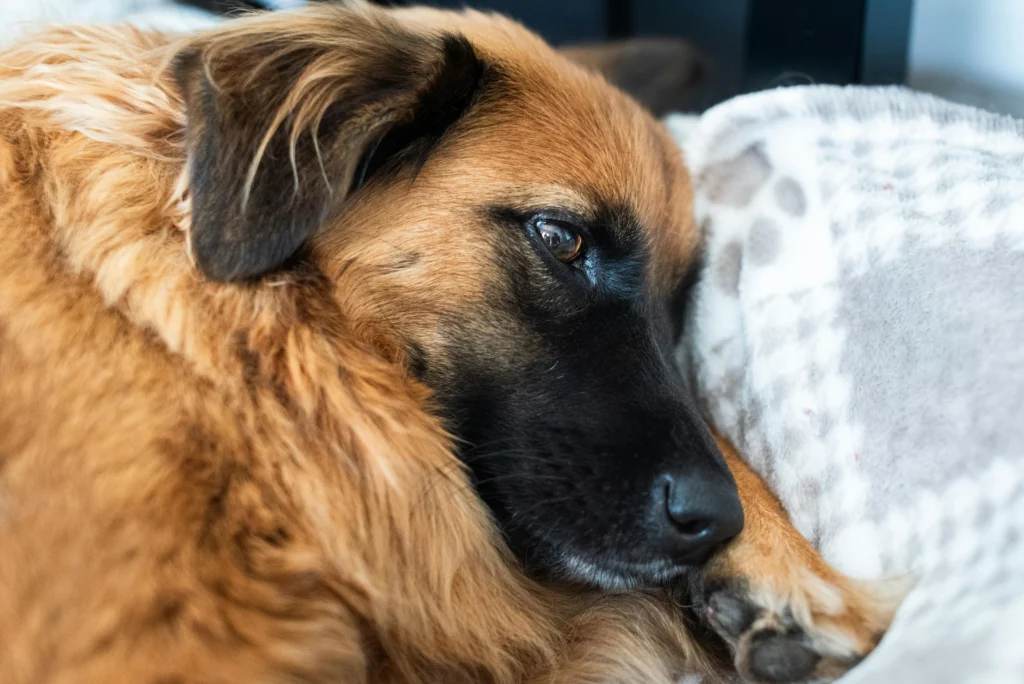
Advanced Home Monitoring Techniques for Post-Surgery Hydration
The Professional Skin Elasticity Test
Perform this veterinary-standard hydration assessment by gently lifting the skin between your dog’s shoulder blades. In properly hydrated dogs, the skin immediately snaps back to its normal position. When your dog won’t drink water after surgery and shows dehydration, the skin will take 2-4 seconds to return to normal, indicating the need for immediate intervention.
Urine Output and Quality Monitoring
Healthy, adequately hydrated dogs typically urinate every 4-8 hours with pale yellow, odorless urine. Monitor frequency, color, and volume. Dark yellow, amber, or concentrated urine indicates dehydration, while reduced frequency suggests inadequate fluid intake.
Mucous Membrane Assessment
Check your dog’s gums regularly. Healthy, hydrated dogs have moist, slippery gums that feel similar to the inside of your own mouth. Sticky, tacky, or dry gums indicate developing dehydration that requires immediate attention.
Creating a Structured Post-Surgery Hydration Protocol
Creating a step-by-step plan helps ensure steady progress when your dog refuses water after surgery:
Hours 0-6 Post-Surgery:
- Offer tiny amounts (1-2 teaspoons) every hour when awake
- Focus on optimal temperature and easy accessibility
- Document all intake and any adverse reactions
Hours 6-24:
- Increase offering frequency to every 30-45 minutes
- Begin introducing mild flavor enhancements if needed
- Implement environmental comfort measures
Days 2-5:
- Establish a consistent offering schedule (every 2-3 hours)
- Monitor return to normal drinking patterns
- Gradually reduce assistance as independence returns
Days 5-14:
- Continue monitoring overall recovery progress
- Address any persistent drinking abnormalities with your veterinary team
- Celebrate the return to normal hydration habits
Understanding the Science Behind Post-Surgical Hydration Requirements
When your dog won’t drink water after surgery, understanding the physiological demands helps explain the urgency. Surgical trauma increases metabolic requirements by 25-35%, while healing tissues require additional fluid for optimal recovery. Simultaneously, anesthesia and pain medications can suppress natural thirst mechanisms for 24-72 hours.
Normal dogs require approximately 1 ounce of water per pound of body weight daily. Post-surgical dogs may need 1.5-2 ounces per pound due to increased metabolic demands, medication processing, and healing requirements.
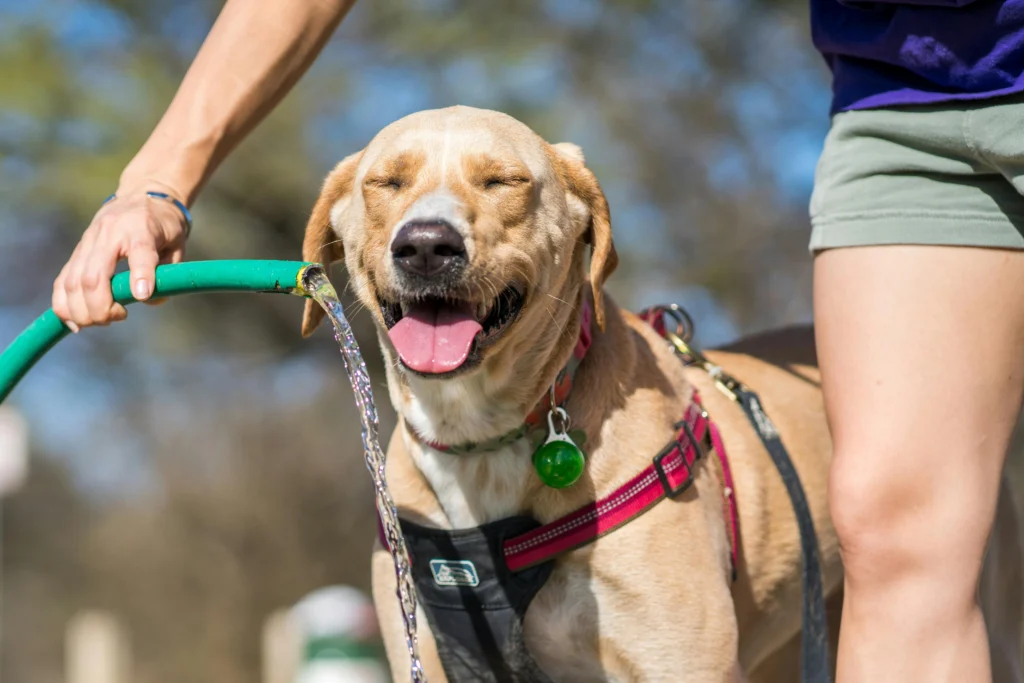
Long-Term Recovery Considerations and Hydration Habit Formation
Most dogs resume completely normal drinking patterns within 5-7 days post-surgery. However, some pets may develop lasting preferences for specific water temperatures, flavors, or bowl types discovered during recovery. These preferences are generally harmless but should be monitored to ensure they don’t interfere with long-term health.
Successful Transition Strategies:
- Gradually reduce special accommodations over 7-10 days
- Monitor for any regression in drinking habits
- Maintain successful techniques until full recovery is achieved
- Discuss persistent changes with your veterinary team during follow-up visits
Prevention and Preparation for Future Surgical Procedures
Pre-Surgery Optimization:
- Ensure your dog is well-hydrated before any planned procedure
- Discuss post-operative hydration concerns with your surgical team
- Prepare recovery supplies and practice techniques in advance
- Establish baseline drinking habits and preferences for future reference
Post-Surgery Environmental Setup:
- Create multiple hydration stations throughout your home
- Stock various flavor enhancement options
- Prepare comfortable, accessible drinking areas
- Have monitoring tools (thermometer, syringes) readily available
Frequently Asked Questions About Dog Won’t Drink Water After Surgery
How long can a dog go without water after surgery?
While healthy adult dogs can typically survive 3-5 days without water under normal circumstances, post-surgical dogs are at much higher risk. When your dog won’t drink water after surgery, dehydration can become dangerous within 24-48 hours due to increased metabolic demands and medication effects. Most veterinarians recommend seeking professional help if no water consumption occurs for more than 18-24 hours post-surgery.
Is it normal for my dog not to drink water immediately after surgery?
It’s completely typical for dogs to avoid drinking water for the initial 6–12 hours following surgery. Anesthesia effects, nausea, disorientation, and mouth dryness commonly suppress the thirst drive immediately post-procedure. However, if refusal continues beyond 24 hours or if you notice signs of dehydration, intervention becomes necessary.
What are the safest liquids to offer besides water?
If your dog refuses water after surgery, your veterinarian may recommend alternatives such as:
-Diluted, low-sodium chicken or beef broth (1:1 ratio with water)
-Unsweetened coconut water in small amounts
-Lactose-free milk or goat milk (if your dog tolerates dairy)
-Diluted bone broth specifically made for dogs
-Pedialyte or similar electrolyte solutions (only with veterinary approval)
Always avoid sugary drinks, alcohol, caffeine, or anything containing artificial sweeteners like xylitol, which are toxic to dogs.
How much water should my dog drink daily after surgery?
Following surgery, dogs often need 1.5–2 ounces of water per pound of body weight daily, compared to the usual 1 ounce per pound. For a 50-pound dog, that equals about 75–100 ounces, or roughly 2.5–3 quarts, each day. When your dog won’t drink water after surgery, focus on small, frequent offerings rather than expecting large amounts at once.
Can I force my dog to drink water using a syringe?
Syringe feeding can be life-saving when your dog won’t drink water after surgery, but it must be done correctly to prevent aspiration pneumonia. Only attempt this with proper veterinary instruction. Use large syringes (20-60ml) without needles, approach from the side of the mouth, dispense tiny amounts slowly (1-2ml at a time), and allow complete swallowing between doses. Never shoot water directly down the throat or force the process.
When should I be worried about my dog not drinking after surgery?
If your dog won’t drink water after surgery and shows these symptoms, seek veterinary care without delay:
-No water consumption for more than 24 hours
-Signs of dehydration (sticky gums, delayed skin snap-back, sunken eyes)
-Vomiting when trying to drink
-Extreme lethargy or weakness
-Changes in gum color
-Difficulty breathing or excessive panting
-Reduced urination or dark, concentrated urine
What medications can affect my dog’s thirst after surgery?
Several common post-surgical medications can cause your dog won’t drink water after surgery:
-Opioid pain medications (morphine, tramadol) suppress the thirst drive
-Anti-nausea medications may reduce overall appetite and thirst
-Antibiotics can alter taste perception
-Anti-inflammatory drugs may cause mild stomach upset, affecting drinking desire
-Anesthesia effects can linger 12-24 hours, causing nausea and disorientation
Discuss all medications with your veterinary team and ask about expected side effects.
Can dehydration delay my dog’s healing process?
Absolutely. If your dog refuses water after surgery, dehydration can seriously affect their recovery by:
-Reducing blood circulation to healing tissues
-Impairing immune system function
-Decreasing medication effectiveness
-Slowing wound healing and tissue repair
-Increasing risk of post-surgical complications
-Prolonging overall recovery time
Proper hydration is essential for optimal healing and should be prioritized throughout the recovery period.
Are there any breeds more prone to post-surgery drinking problems?
While any dog can experience issues where they won’t drink water after surgery, certain breeds show higher susceptibility:
-Brachycephalic breeds (bulldogs, pugs) due to breathing difficulties and anesthesia sensitivity
-Small breeds (Chihuahuas, Yorkshire Terriers) that dehydrate more quickly
-Senior dogs of any breed due to reduced kidney function and medication sensitivity
-Anxious or stress-prone breeds that may be more affected by environmental changes
Discuss breed-specific concerns with your veterinary team before surgery.
What’s the difference between not drinking and not being able to drink?
This distinction is crucial when your dog won’t drink water after surgery:
Not drinking (behavioral):
-The dog approaches the water but doesn’t consume it
-May sniff or lick but refuses to drink
-Often related to taste, temperature, or comfort issues
-Usually responds well to the strategies outlined above
Unable to drink (physical):
-A dog cannot physically consume water due to pain, nausea, or mechanical issues
-May show interest but cannot coordinate swallowing
-Often accompanied by vomiting or regurgitation
-Requires immediate veterinary intervention
If you suspect your dog is physically unable rather than unwilling to drink, seek emergency veterinary care immediately.
Conclusion: Supporting Your Pet’s Path to Full Recovery
When your dog won’t drink water after surgery, remember that this challenge is both common and conquerable with the right knowledge and approach. The six veterinarian-approved strategies we’ve explored have successfully helped countless pet families navigate post-surgical hydration concerns and support optimal healing.
Success in managing post-surgical hydration requires patience, consistency, careful monitoring, and a willingness to try multiple approaches until you find what works best for your individual pet. Every dog responds uniquely to surgery and recovery, making flexibility and attentiveness key components of effective care.
The most important takeaway is that adequate hydration plays a fundamental role in healing, medication effectiveness, and overall comfort during recovery. By implementing these evidence-based strategies and maintaining close communication with your veterinary team, you provide your furry family member with the best possible foundation for a smooth, successful return to optimal health.
Your commitment to your pet’s care after surgery reflects the deep bond you share and plays a vital role in their recovery. With these professional tools and techniques at your disposal, you’re well-equipped to handle hydration challenges confidently and help your dog achieve complete recovery.
Celebrate each little step forward in keeping your pet hydrated, and remember your veterinary team is ready to offer guidance specific to your dog’s recovery journey.

